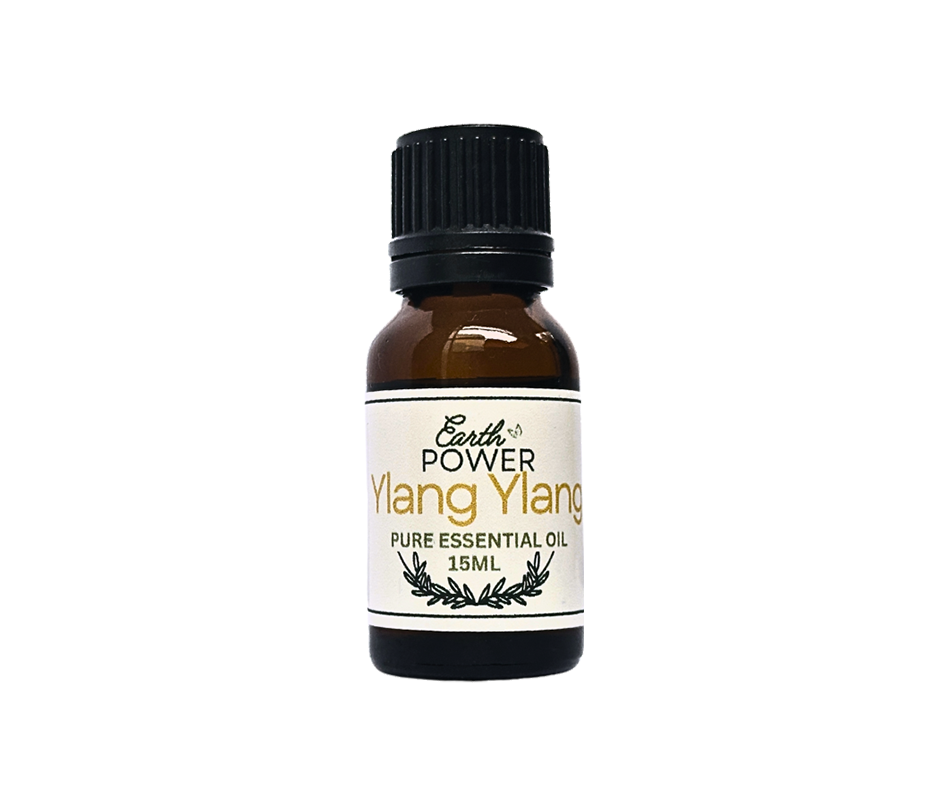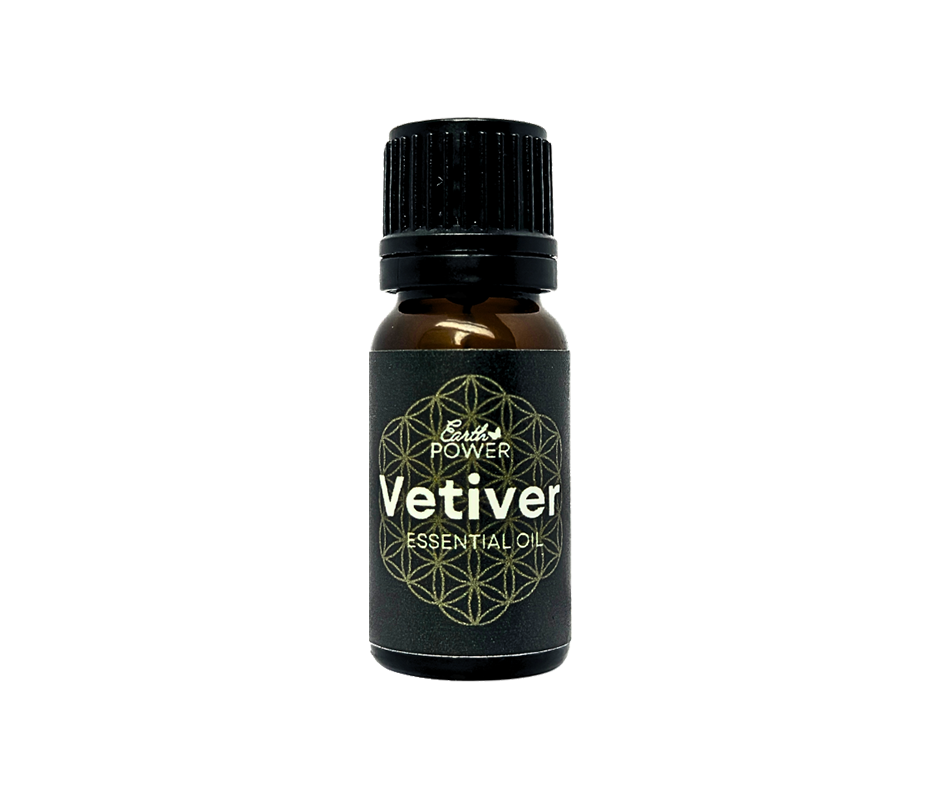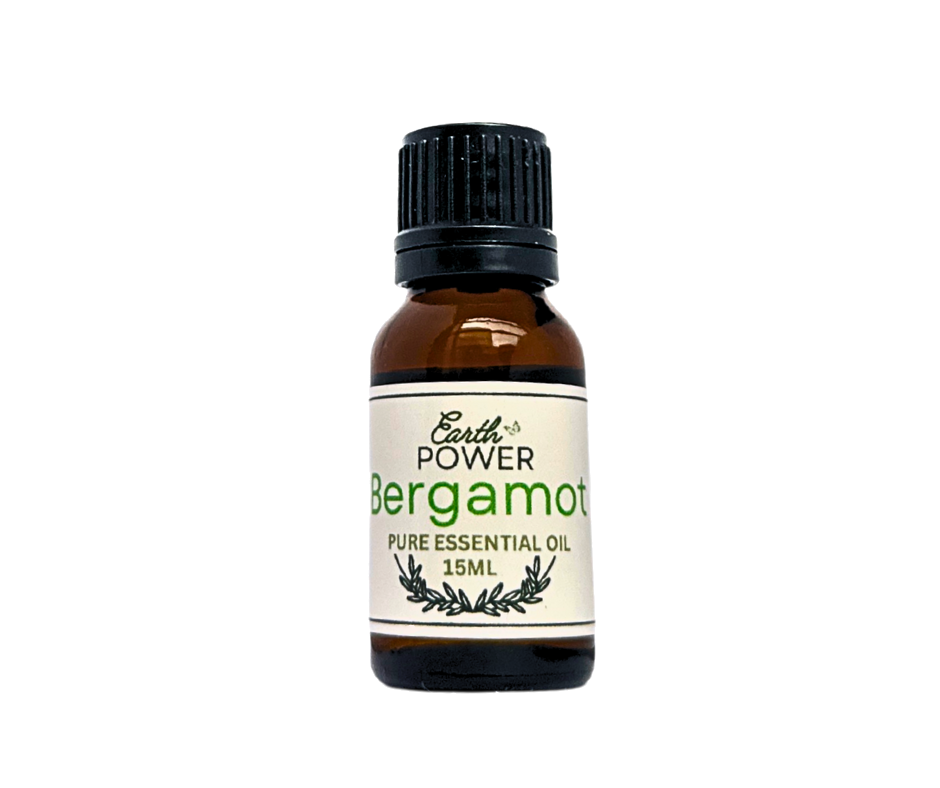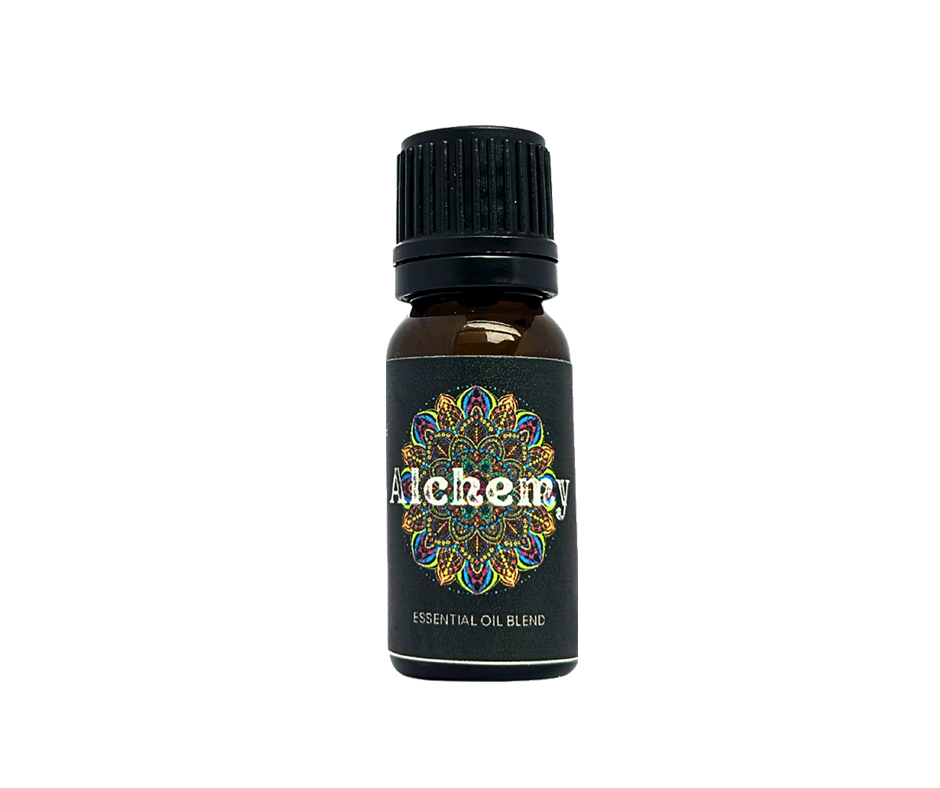The Science Behind Essential Oils: How Do They Really Work?
Essential oils have gained immense popularity in recent years, thanks to their soothing, therapeutic benefits and natural properties. From aromatherapy to skincare, these plant-derived oils have become a go-to for enhancing wellness. But how do they actually work? What’s the science behind these potent oils, and why do they have such a profound effect on our minds and bodies?
In this blog, we’ll take a deep dive into the science behind essential oils, exploring how they interact with our bodies, their chemical composition, and the ways they promote physical and emotional well-being.
What Are Essential Oils?
Essential oils are concentrated plant extracts obtained through methods like steam distillation or cold pressing. These oils capture the natural essence or “spirit” of the plant, including its unique fragrance, flavor, and therapeutic properties. Depending on the plant used, essential oils can have different effects, ranging from uplifting and energizing to calming and soothing.
Each essential oil contains a complex mixture of volatile compounds, such as terpenes, phenols, alcohols, esters, and aldehydes. These compounds are responsible for the distinct aroma and therapeutic properties of each oil. For example, lavender contains linalool, which has a calming effect, while peppermint contains menthol, which can cool and invigorate.
How Do Essential Oils Work?
Essential oils work primarily through two main pathways: aromatherapy (via the olfactory system) and topical absorption. Both of these mechanisms play a role in how essential oils influence our bodies.
1. Aromatherapy and the Olfactory System
The sense of smell is one of the most powerful ways essential oils can affect us. When we inhale the aroma of essential oils, the scent molecules travel through the air and enter our nose, where they interact with the olfactory receptors. These receptors send signals directly to the brain’s limbic system, which is responsible for controlling emotions, memory, and stress responses.
This direct connection between scent and emotion is why essential oils can have such a profound effect on our mood and mental state. For example, the calming scent of lavender can reduce anxiety, while the uplifting aroma of citrus oils like bergamot or lemon can improve mood and energy levels.
Scientific Explanation:
- The olfactory system is linked to the limbic system, which controls emotional responses and memories. This explains why certain scents can trigger emotional reactions or memories.
- Essential oils can affect neurotransmitter levels, like serotonin and dopamine, which play a role in regulating mood and stress levels.
2. Topical Absorption
When essential oils are applied to the skin, their chemical components are absorbed into the body through the pores. The oils can then enter the bloodstream, where they are carried throughout the body to produce therapeutic effects.
The skin’s permeability plays a role in how effectively essential oils are absorbed. While some oils, such as tea tree oil or eucalyptus oil, are commonly used for their topical benefits, others, like lavender or frankincense, are often applied in massage blends or lotions to promote relaxation, reduce pain, or improve skin health.
Scientific Explanation:
- Essential oils are lipophilic (oil-loving), meaning they can penetrate cell membranes and enter the bloodstream through the skin.
- Once in the bloodstream, the oils can interact with various body systems, including the nervous system, immune system, and skin, offering a range of therapeutic effects.
The Therapeutic Effects of Essential Oils
The active compounds in essential oils are what make them so effective for various health benefits. Let’s look at how specific compounds in essential oils work to promote well-being:
1. Calming and Relaxing
Many essential oils, like lavender, chamomile, and ylang-ylang, contain compounds that have calming effects on the central nervous system. For example, linalool (found in lavender) has been shown to reduce anxiety and promote a sense of calm.
- Scientific Insight: Studies have demonstrated that linalool can activate GABA receptors in the brain, which are involved in inhibiting neural activity and promoting relaxation.
2. Energizing and Uplifting
Citrus oils such as lemon, orange, and bergamot are known for their mood-boosting and energizing effects. These oils are rich in compounds like limonene, which has been found to enhance mood and reduce feelings of depression.
- Scientific Insight: Limonene can influence serotonin and dopamine levels in the brain, helping to improve mood and provide a feeling of mental clarity.
3. Pain Relief and Muscle Relaxation
Essential oils like peppermint, eucalyptus, and ginger are often used to alleviate pain and reduce muscle tension. Menthol in peppermint, for example, has a cooling effect on the skin and can help soothe sore muscles, while eucalyptus oil is known for its anti-inflammatory properties.
- Scientific Insight: Menthol works by activating TRPM8 receptors in the skin, which are responsible for detecting cold and cooling sensations. This can provide temporary relief from pain and muscle stiffness.
4. Antimicrobial and Immune Support
Several essential oils, such as tea tree, oregano, and thyme, are renowned for their antimicrobial properties. The phenols and terpenes in these oils can help fight off bacteria, viruses, and fungi, making them useful for both internal and external health.
- Scientific Insight: The antimicrobial action of essential oils is attributed to their ability to disrupt the cell membranes of pathogens, preventing their growth and spread.
The Role of Terpenes in Essential Oils
One of the most important groups of compounds in essential oils are terpenes. These are organic compounds found in the essential oils of plants, and they are responsible for many of the therapeutic properties of oils. Terpenes can have anti-inflammatory, antibacterial, antifungal, and even anticancer effects.
Common terpenes found in essential oils include:
- Limonene (citrus oils) – Uplifting, mood-boosting
- Pinene (pine, rosemary) – Anti-inflammatory, bronchodilator
- Linalool (lavender, chamomile) – Calming, anxiety-reducing
- Menthol (peppermint, eucalyptus) – Cooling, analgesic
Conclusion: The Science Behind the Benefits
The science behind essential oils lies in their complex chemical makeup, which allows them to interact with our bodies in powerful ways. Whether used for their calming effects, pain-relieving properties, or immune-boosting benefits, essential oils can have a profound impact on both our mental and physical health. By understanding how these oils work through the olfactory system and topical absorption, we can harness their full potential to improve our well-being naturally.
So, the next time you reach for your favorite essential oil, remember that you’re tapping into a centuries-old tradition backed by modern science. Whether you’re using them for relaxation, healing, or mental clarity, essential oils are nature’s therapeutic gift to us.
Subscribe To Our Newsletter
Subscribe for your email and get 10% off your first order!
COPYRIGHT 2025 © EARTH POWER. ALL RIGHTS RESERVED








